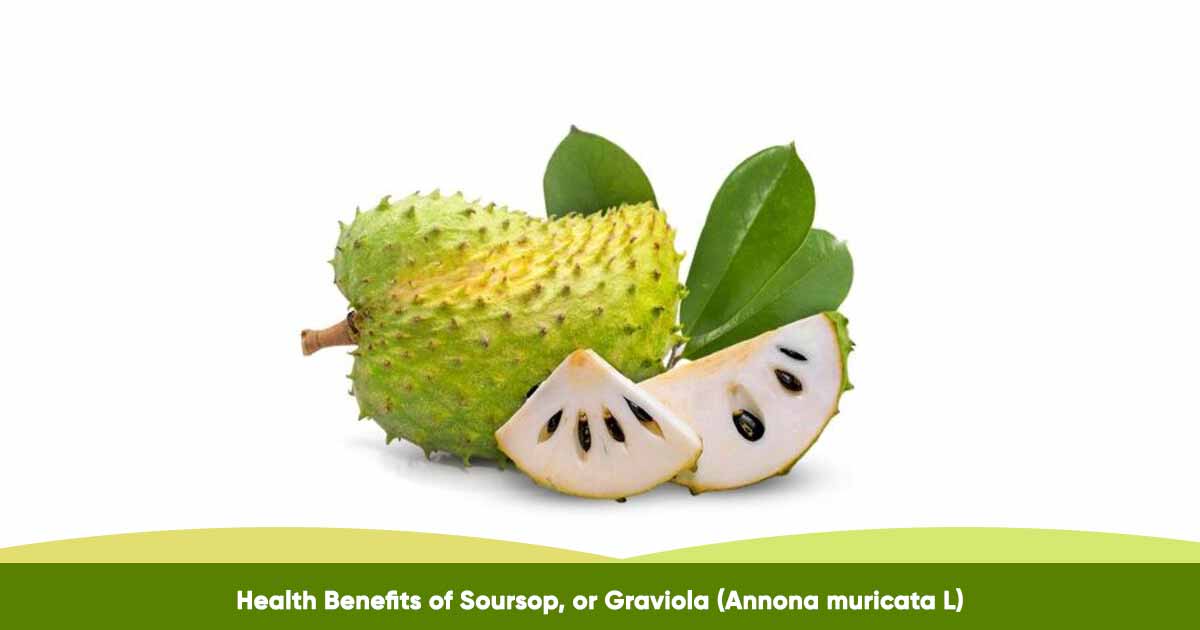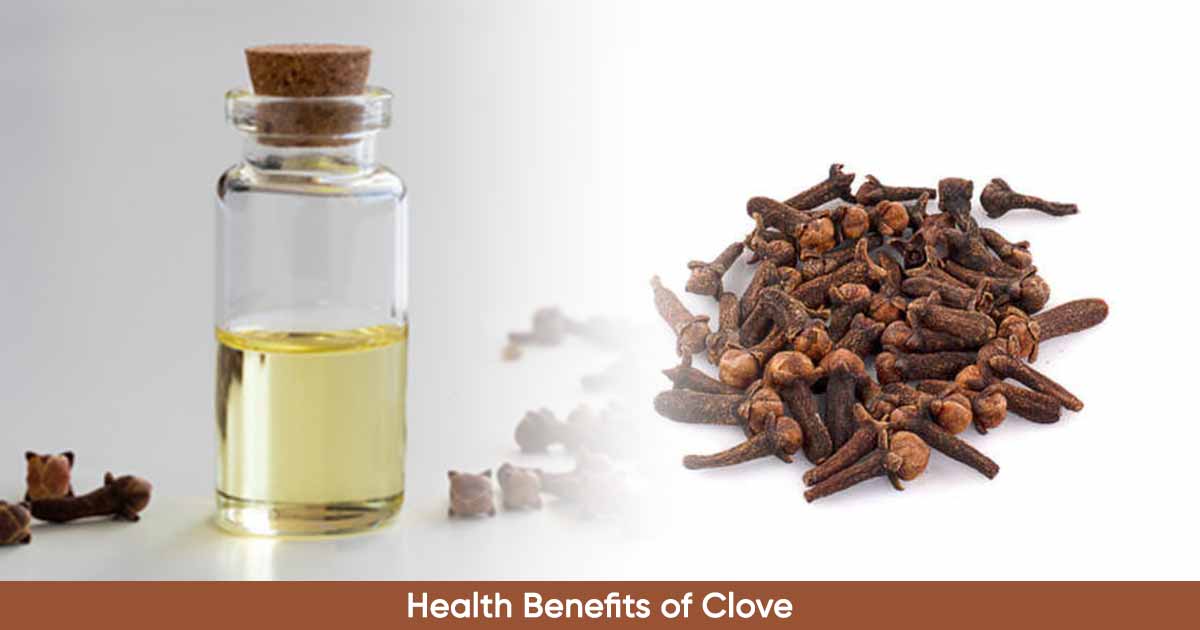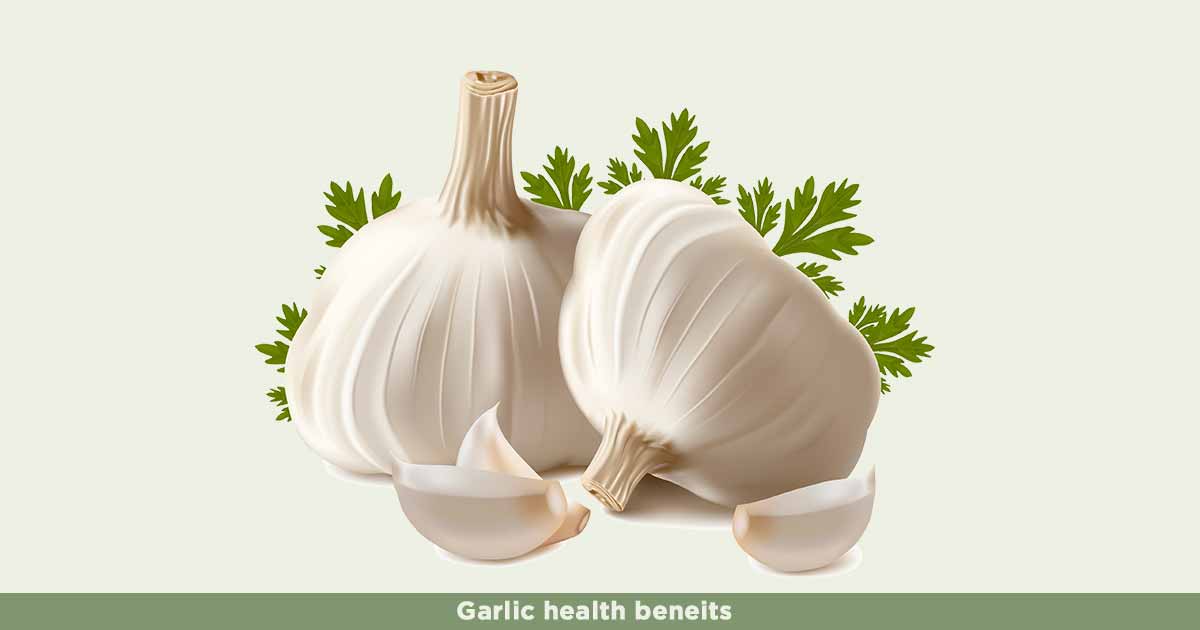Soursop plant, also called graviola, guyabano is a tropical, small evergreen tree, which produces the largest fruit in the family (Annonaceae). The tree of soursop (Annona muricata L) can grow up to 10 feet (3.05 m), and can tolerate a whole range of soil conditions. The plant has low branching and produces evergreen, glossy leaves. It does not tolerate cold or windy conditions.
Annona muricata originates from Central America lowlands, and is now cultivated in Southeast Asia, tropical America, Africa, Hawaii, India, Brazil, Vietnam, Philippines etc. The original name is from the Dutch word, zuurzak, meaning sour sack. Other different names of soursop are graviola, guanabana (Hispanic), mang cau xiem (Vietnamese), raviola (Brazil), mundla (India), guayaba-no (Philippines), guanabana (Spanish). Other are corossol epineux (French), sirsak (Indonesian), durian maki (Malaysia), ebo or apekan (Yoruba), (fasadarur or tuwon biri) Hausa, and sawansop (Ibo).
The graviola tree grows quickly and can produce the first fruit in just 3 to 5 years. The skin of the fruit is leathery and has short spines. The fruit is heavy and can weigh as much as 5 pounds (2.27 kg). Fruit is dark-greenish colored, spiny, oval or heart shaped. On opening the fruit pulp, there is a white fibrous juicy segments with a sub-acid flavor surrounding an elongated receptacle.
Each fertile fruit segment has one oval, smooth black seed that is hard. There may be few seeds or as many as 200. The seeds and bark of soursop are poisonous due to alkaloid compounds such as anonaine, muricine, and hydrocyanic acid, and may cause eye inflammation.
Soursop has a sweet and sour, sub acid taste. It has low fiber content. There are many cultivars such as Morada’ (Brazil), (Australia), ‘Sirsak Ratu’ (Java), ‘Cuban Fibreless’ and ‘Bennett, a blue-green type in Florida, US.
Annona muricata is harvested at immature stage, but ripens after harvesting. The fruit peel moves from dark-green to slightly yellowish-green to dark-brown as it ripens. Soursop has high respiration rate and ethylene production, but still degrades easily.
Fermentation of soursop using alcohol or acetone yield soursop wine or vinegar, respectively. Soursop is also used to prepare recipes such as soursop punch/soup, and white chocolate-soursop mousse with other ingredients such as milk, egg, heavy cream.
Nutritional Content in Soursop (Annona muricata L)
Soursop contains 67.5% edible pulp, 20% peel, 8.5% seeds, and 4% core by weight.
A 100g of soursop pulp serving contains water, protein, lipids, carbohydrate, fiber, ash, energy in various quantities. There are minerals such as calcium, iron, magnesium, phosphorus, potassium, sodium, and vitamins such as ascorbic acid, thiamine, riboflavin, niacin, vitamin A.
The seed has more magnesium and zinc, but less calcium and potassium than the pulp.
Soursop can be eaten fresh, made into juice, pulp, jelly, mousse, ice cream, sorbet, cake, candy. In the making of pulp, water is added to reduce the viscosity of sugar to 15%, and citric acid to adjust the pH.
| Nutrient | Quantity (g) |
| Protein | 1.00 g |
| Carbohydrates | 14.63 g |
| Fats | 0.97 g |
| Ash | 60 g |
| Fiber | 0.79 g |
| Moisture | 82.8 g |
| Energy (Calories) | 53.1–61.3 |
| Mineral (mg) | |
| Calcium | 9–10.3 mg |
| Iron | 0.64 mg |
| Magnesium | 22 mg |
| Sodium | 22 mg |
| Phosphorus | 27.7–29 mg |
| Potassium | 20 mg |
| Vitamins (mg) | |
| Ascorbic acid | 16.4–29.6 mg |
| Thiamine | 0.07–0.11 mg |
| Riboflavin | 0.05–0.12 |
| Vitamin A | 0 |
| Niacin | 1.28 mg |
| Tryptophan | 11 mg |
| Methionine | 7 mg |
| Lysine | 60 g |
Phytochemical Constituent of Soursop
Soursop contains isoquinolinic alkaloids. These alkaloids are atherosperminine, coclaurine, coreximine, reticuline, stepharine, anomurine and anomuricine. There are also tannins, and saponins.
Other constituents are annonaceous acetogenins including annonacin, isoannonacin, bullatacin, isoannonain-10-one, goniothalamicin, and gigantetrocin. The seed contains annomuricatin A.
Probiotic fermentation increase the levels of phenolic compound such as carotene, citric acid, catechin, gallic acid, pyrocatechol, pro- tocatechuic acid, propyl gallate, vanillin, and quercetin.
The fruit pulp of soursop contains essential oils which include 2-hexenoic acid methyl ester, 2-hexenoic acid ethyl ester, 2-octenoic acid methyl ester, 2-butenoic acid methyl ester, β-caryophyllene, 1,8-cineole, linalool, α-terpineol, linalyl propionate, and calarene.
The seed is rich in pale-yellow oil, protein, and intoxicants such as cyanide, phytate, and tannins. The oil has fatty acids such as linoleic, oleic, palmitic, stearic, and small traces of myristic acid. Removing the toxic component will make the oil edible.
Medicinal Benefits of Soursop (Annona muricata L.)
Annona muricata has been in used in traditional medicine to treat ulcer, spasm, dysentery, nervousness, fever, inflammation, parasitic infections, high blood pressure, rheumatism, cough, diarrhea, among others. The leaves, the fruit, bark, and flowers are utilized.
It is also used to manage worm, boost milk production in nursing mothers.
Anticancer property: Some compounds in the fruit, annonaceous acetogenins including annonacin, isoannonacin, isoannonain-10-one, goniothalamicin, and gigantetrocin have anticancer activity against lung, breast, pancrease, and color cancer forms. Bullatacin and several other acetogenins inhibit adenosine triphosphate (ATP) production, which can be useful in managing drug resistant cancer.
Gastroprotective effect: Ethyl acetate extract of Annona muricata has anti-ulcer effect. It protects against gastric wall mucosal damage.
Antidiabetic action: Soursop pulp can hinder α-amylase and α-glucosidase activity, and decrease fat deposition in the blood. The inhibition of the α-glucosidase action is higher than that of α-amylase. Phenolic compounds are largely responsible for this property.
It also has a protective effect against liver lipid peroxidation.
Antihypertensive effect: The aqueous leaf extract of the plant when administered to lab rats caused a decrease in the blood pressure, without affecting the heart rate. This effect may be as a result of peripheral mechanisms involving the antagonism of calcium.
Lowers cholesterol: Annona muricata leaf extract has constituents such as essential oils, alkaloids, tannins, and flavonoids. It lowers plasma low-density lipoprotein (LDL), very low-density lipoprotein (VLDL) cholesterol and triglycerides (TGs),
Anticoagulant/Antihemorrhagic effect: Compounds such as acetogenins, alkaloids, flavonoids, and megastigmanes have antinflammatory action which can help in hemorrhage.
Anti-stress factor: Ethanol extract of the stem bark reduces stress levels in stress-induced rats. This is evidenced by increase in the levels of MAO enzyme, and reduction of the brain levels of 5-hydroxytryptamine (5-HT) and 5-hydroxy-indole acetic acid (5-HIAA), enzymes that suggest stress.
Astringent property: The fruit is used to manage diarrhoea and dysentery due to the astringent effect.
Antioxidant effect: Annona muricata is found to be a natural antioxidant. The fruit and leaves antioxidants such as flavonoid, coumarin, lactone, anthraquinone, phenols, vitamin C, E. Antioxidants protect the body against cardiovascular diseases, and degenerative damages.
Apoptosis-inducing action: Apoptosis is the programmed death of cells in the body. This is necessary in the body to remove unwanted cells. Disease like cancer and liver disease delay apoptosis, helping the progression of the disease. Soursop is a natural plant that has apoptosis-inducing effect.
Adverse Effect of Soursop Fruit
Soursop contains annonacin, a major acetogenin, and also isoquinolinic alkaloids. These compounds are neurotoxic to dopaminergic neurons and inhibits mitochondrial respiratory chain.
This could be a reason why there are many cases of atypical parkinsonism in places like Guam, New Caledonia, Western New Guinea, Guadeloupe where the consumption of soursup fruit, infusion, and decoction is prominent.
References:
- https://www.ctahr.hawaii.edu/oc/freepubs/pdf/f_n-22.pdf
- https://www.researchgate.net/publication/236834878_Soursop_Annona_muricata_L_Composition_nutritional_value_medicinal_uses_and_toxicology
- https://www.researchgate.net/publication/353707739_Health_Benefits_Of_Annona_Muricata_-_A_Review
- https://downloads.hindawi.com/journals/jfq/2022/8828358.pdf
- http://researchjournal.co.in/upload/assignments/9_72-75_8888.pdf












